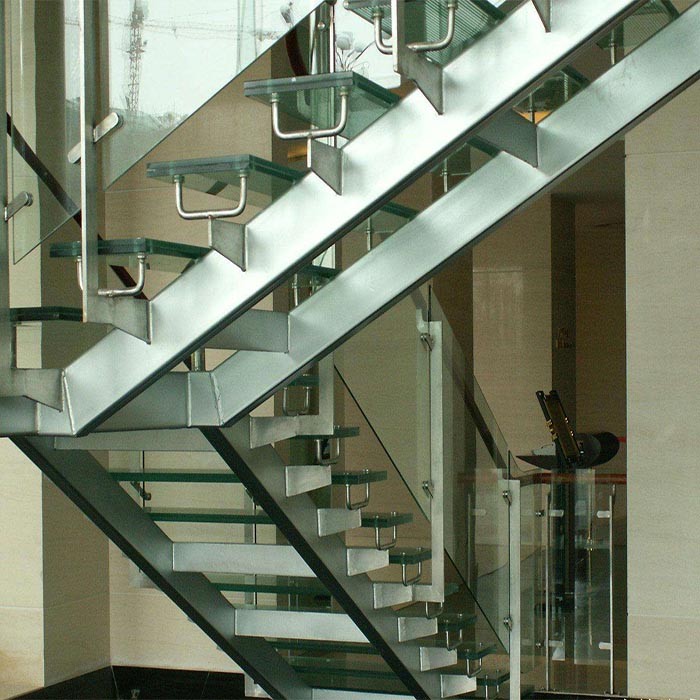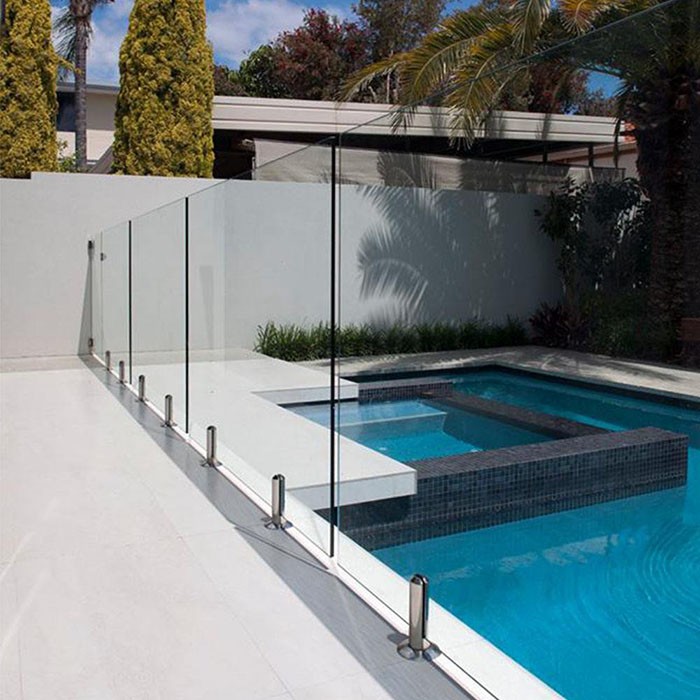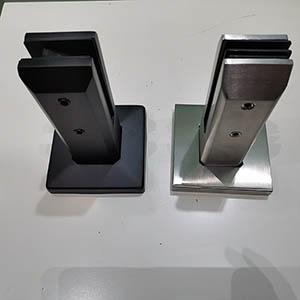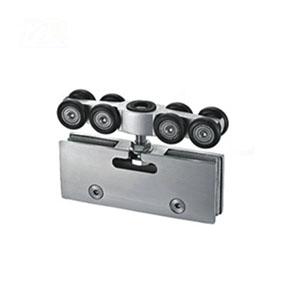Description
Top quality laminated glass factory in China HG-T01

| Specification | Laminated Glass |
| Glass | 3mm 4mm 5mm 6mm 8mm 10mm 12mm 15mm |
| PVB | 0.38mm 0.76mm 1.14mm 1.52mm etc. |
| Size | Maximum dimension: 2440mm*6000mm |
| Curved laminated glass subjected to the radius required. | |
| Glass Color | clear ultra-clear bronze blue green grey and other colors |
| PVB color | clear milky white light grey and customized color |
| Others | The thickness/size/color can be customer design. |
Why choose us:
1. Can accept small quantity order
2. Accept customized
3. Handle optional
4. Towel rack optional (with/without)
5. Glass self-cleaning (more selling points)
6. Contains installation hardware (convenient installation and more thoughtful)
7, with installation instructions (conform European and American habits)
8. Square tube/round tube/stainless steel/wire drawing and gloss (more abundant products)
9. Carton packaging (Both project and supermarket)
1. Production process
Cutting-edging-rounded corners-water jet-punching-silk screen-tempering-self-cleaning liquid / safety explosion-proof film-packaging
Cut Two edges grinding


Round Corner Machine hole puncher


curve tempered glass Bathroom door


Sustainability in Glass Manufacturing for Construction
In an era where sustainability is paramount, the construction industry faces increasing pressure to adopt environmentally friendly practices. Glass, a staple material in modern construction, offers significant opportunities for sustainable development. This article explores the sustainability of glass manufacturing for construction, examining its environmental impact, advances in eco-friendly production methods, and the role of sustainable glass in building design.
The Environmental Impact of Glass Manufacturing
Raw Materials and Energy Consumption
The primary raw materials used in glass production are silica sand, soda ash, and limestone. While these materials are abundant, the extraction and processing stages consume considerable energy and contribute to environmental degradation. The glass manufacturing process, particularly the melting stage, is energy-intensive, typically requiring high temperatures (around 1700°C) to melt raw materials into molten glass [2].
Emissions and Waste
Glass production generates significant CO2 emissions due to the high energy consumption and the release of carbon from raw materials during the melting process. Additionally, the industry produces waste in the form of cullet (scrap glass), which, if not recycled, contributes to landfill. Managing these emissions and waste is critical to enhancing the sustainability of glass manufacturing [1].
Advances in Sustainable Glass Manufacturing
Energy Efficiency and Renewable Energy
One of the primary strategies to reduce the environmental impact of glass manufacturing is to improve energy efficiency. Modern glass plants are incorporating advanced furnace designs, waste heat recovery systems, and optimized melting processes to reduce energy consumption. Furthermore, some manufacturers are transitioning to renewable energy sources, such as solar and wind power, to supply electricity for their operations [3].
Recycling and Reuse
Recycling is a cornerstone of sustainable glass production. Using cullet as a raw material not only reduces the need for virgin materials but also lowers the energy required for melting, as cullet melts at a lower temperature than raw materials. The glass industry is increasingly adopting closed-loop recycling systems, where scrap glass from production and post-consumer glass are continuously recycled into new products [5].
Low-Emissivity (Low-E) Glass
Low-emissivity (Low-E) glass is a significant advancement in sustainable construction materials. This type of glass is coated with a thin metallic layer that reflects infrared radiation, enhancing thermal insulation properties. Low-E glass helps in reducing energy consumption for heating and cooling in buildings, thereby contributing to overall energy efficiency and sustainability [6].
Sustainable Glass Products and Applications
Solar Control and photovoltaic glass
Solar control glass is designed to reduce the amount of solar heat entering a building, thus lowering the cooling load and energy consumption. Photovoltaic (PV) glass, which integrates solar cells into the glass, can generate electricity from sunlight, contributing to renewable energy production directly within the building envelope. These innovative products are examples of how glass can enhance building sustainability [3].
Insulating glass units (IGUs)
Insulating glass units (IGUs) consist of two or more glass panes separated by a spacer and sealed to create an insulating air space. IGUs significantly improve the thermal performance of windows and facades, reducing heat transfer and energy loss. The use of inert gases like argon or krypton between the panes further enhances insulation properties, making IGUs a crucial component in energy-efficient building design [5].
The Role of Sustainable Glass in Green Building Design
Green Building Certifications
Sustainable glass products play a vital role in achieving green building certifications, such as LEED (Leadership in Energy and Environmental Design) and BREEAM (Building Research Establishment Environmental Assessment Method). These certifications recognize buildings that meet high standards of energy efficiency, environmental responsibility, and indoor environmental quality. The use of Low-E glass, IGUs, and PV glass can contribute significantly to earning points towards these certifications [2].
Enhanced Indoor Environmental Quality
Glass can contribute to enhanced indoor environmental quality by maximizing natural light, which has been shown to improve occupant well-being and productivity. Additionally, advanced glazing technologies can help control glare and reduce UV exposure, creating more comfortable and healthier indoor environments [4].
Aesthetic and Functional Flexibility
Sustainable glass products offer architects and designers a versatile material that can be used creatively to achieve both aesthetic and functional goals. From transparent facades that connect indoor and outdoor spaces to innovative glass roofs and skylights, sustainable glass allows for the creation of visually stunning and environmentally friendly buildings [6].
Case Studies of Sustainable Glass in Construction
The Edge, Amsterdam
The Edge in Amsterdam is a prime example of sustainable glass use in a commercial building. It features a double-skin facade with integrated solar panels and automated shading systems. The use of Low-E glass and energy-efficient glazing helps minimize energy consumption, contributing to the building's BREEAM Outstanding certification [1].
Bosco Verticale, Milan
Bosco Verticale (Vertical Forest) in Milan incorporates sustainable glass in its design to support extensive greenery on its facades. The use of high-performance glass ensures adequate natural light for plant growth while maintaining energy efficiency and thermal comfort for residents [4].
Challenges and Future Directions
Balancing Performance and Sustainability
While significant strides have been made in sustainable glass manufacturing, challenges remain in balancing performance with environmental impact. Ongoing research and development are crucial to advancing glass technologies that offer superior performance without compromising sustainability.
Lifecycle Assessment
A comprehensive lifecycle assessment (LCA) of glass products is essential to understand their environmental impact from production to disposal. Incorporating LCA in the design and selection of glass products can help architects and builders make more informed decisions, promoting sustainable construction practices [5].
Innovations in Glass Manufacturing
The future of sustainable glass manufacturing lies in continued innovation. Emerging technologies, such as dynamic glazing that can change transparency in response to environmental conditions, and further advancements in recycling and renewable energy use, hold the promise of making glass an even more sustainable material in construction [6].
Conclusion
Sustainability in glass manufacturing for construction is a multifaceted challenge that involves improving energy efficiency, enhancing recycling practices, and developing advanced glazing technologies. By adopting sustainable practices and innovative products, the glass industry can play a pivotal role in promoting environmentally friendly construction. As the demand for Sustainable building solutions grows, the continued evolution of glass manufacturing will be crucial in shaping a more sustainable built environment.
2. Quality Control
2.1 Each glass must be inspected to confirm before entering the factory;

2.2 Quality control in the production process are in accordance with quality control standards.
First inspection-self-inspection-special inspection-factory inspection, product standards are strictly implemented in accordance with customer technical documents or industry standards;
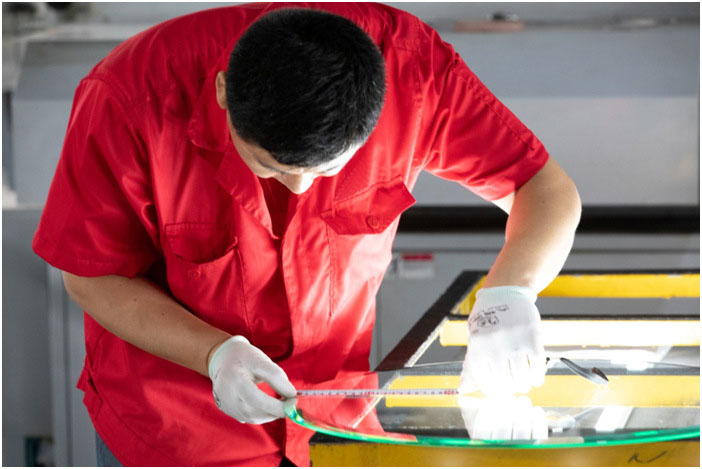
2.3 The dimensional accuracy and tempering quality inspection data of processed products shall be recorded and archived with traceability;
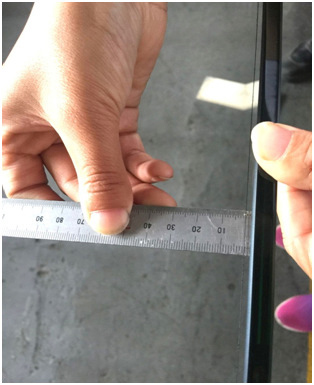
2.4 The bending degree of toughened grain is tested, the bending degree is 1.5‰, and the grain size is 55-80 grains per 50*50mm
3. The company's certification qualifications
The company's products have passed European CE certification and American SGCC certification
4. 10years of export packaging experience: Carton foam packaging and fumigation-free wooden box packaging can be realized to ensure product transportation safety;

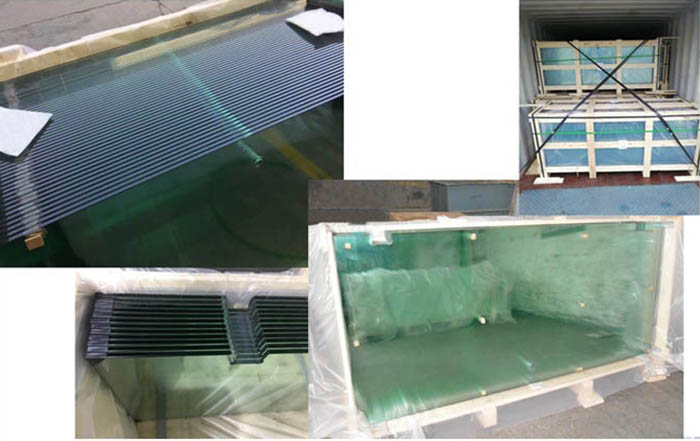
5. The company's equipment processing capacity
Focus on the manufacture of tempered glass for home appliances for 14 years. The company has comprehensive equipment capabilities for processing high-temperature silk screens, including Italian Bottero cutting machines, Bottero edging machines, CNC machining centers, automatic punching machines, automatic rounding machines, automatic screen printing machines, tempering furnaces and other equipment.
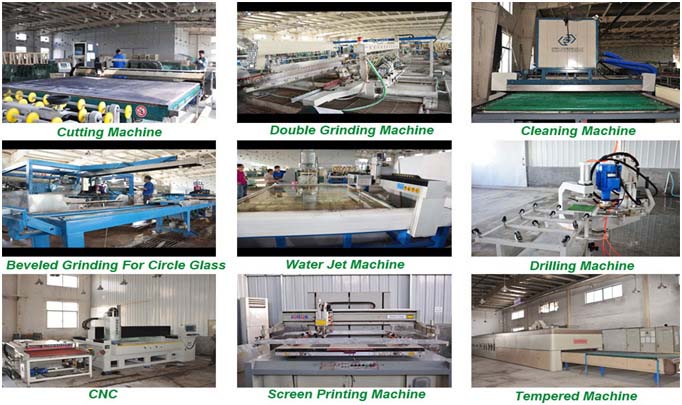
-Choose Taiwan Glass or Jinjing Automotive Grade Original Float glass
-Polished straight edges, size tolerance ±1mm, uniform edge 1mm
-Safety corner or round corner treatment
-Water jet cutting, accurate size, vertical water jet with safety angle,
-Even tempered grain
-Fumigation-free wooden box packaging, firm and safe
-Can provide carton foam sales packaging
-Self-cleaning nano coating can be applied
-Safety explosion-proof film can be attached

Glass processing range:
Edging: straight edge, round edge
Tempering: C shape and J shape
Silk screen: high temperature screen printing, frosted screen printing
Other processes: can be coated with nano self-cleaning liquid (from Germany, 10-year warranty),
Packing: plywood wooden box and carton + foam separate sales packaging

 English
English Russian
Russian